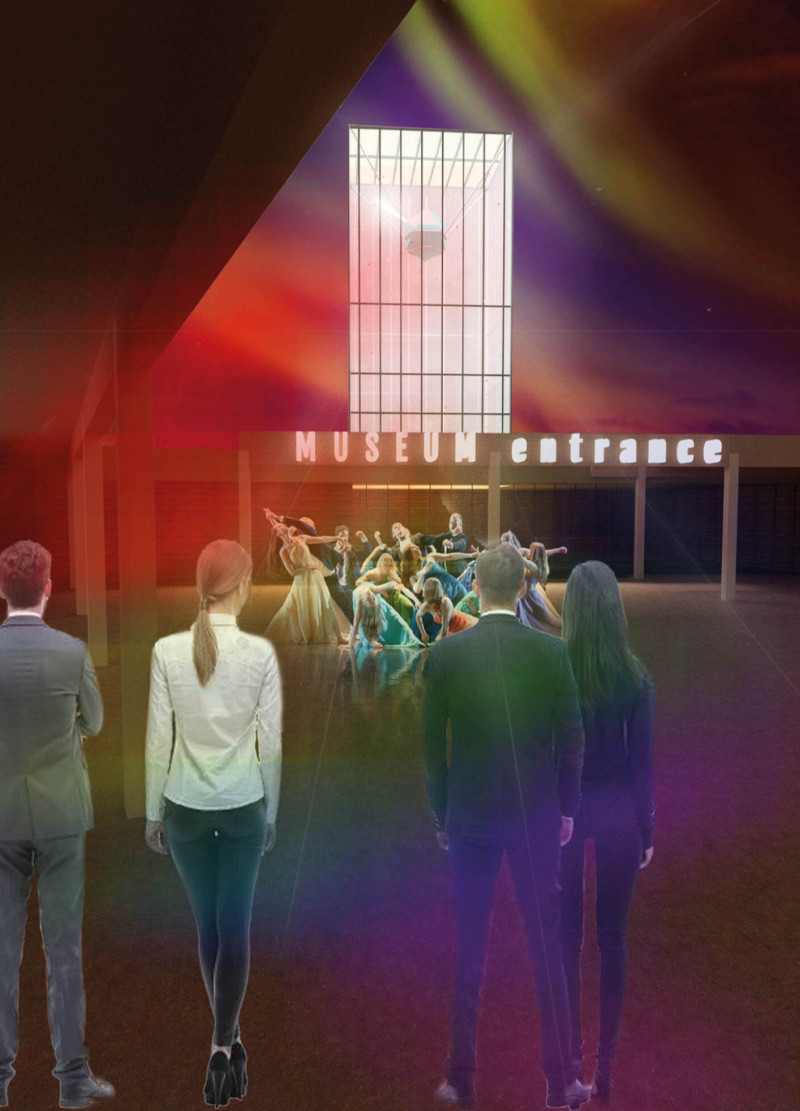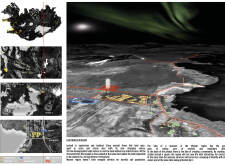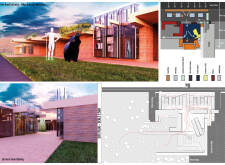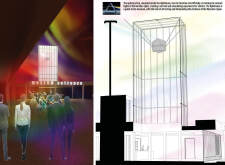5 key facts about this project
At its core, the design represents a seamless blend of nature and architecture, where the building complex is envisioned not just as a physical structure but as a beacon that invites exploration and learning about the surrounding landscape. The museum is aptly named after a lighthouse, which serves as a symbolic guide, reminiscent of the region’s maritime history and emphasizing the importance of light as both a physical and metaphorical element in navigating life and understanding the environment.
Functionally, the Lighthouse Museum includes a variety of spaces designed to cater to diverse activities ranging from exhibitions and educational programs to workshops and community gatherings. These spaces are interconnected to foster interaction among visitors, allowing for a fluid experience as they navigate through different areas. This integration encourages a dialog between indoor and outdoor environments, aligning the museum's purpose with the natural context of its location.
Architectural details play a significant role in defining the character of the project. The use of treated timber for external cladding creates a warm, organic façade that resonates with the natural surroundings. Large glass panels are strategically placed to provide stunning views of the landscape while allowing natural light to permeate the interior spaces. This transparency creates a sense of openness, inviting visitors inside while reflecting the beauty of the Myvatn region outward. The structural integrity of the building is supported by steel frames and concrete foundations, ensuring durability against the island's challenging weather conditions.
A unique feature of the project is the optical prism incorporated into the lighthouse structure, designed to capture and refocus natural light. This innovative element not only serves as a visual highlight within the museum but also symbolizes interconnectedness with the natural phenomena typical of the region, such as the Northern Lights. It creates an immersive experience that enhances the educational aspects of the museum by illustrating the scientific principles of light to visitors.
Furthermore, the design reflects an adaptive approach to sustainability, incorporating features that minimize environmental impact while promoting energy efficiency. The flexibility designed into the workshop areas allows for a range of future activities and exhibitions, demonstrating a commitment to responsiveness in the structure's use and operation.
In summary, the Lighthouse Museum stands as a testament to the thoughtful intersection of architecture, community function, and environmental awareness. It invites people from all walks of life to learn and engage with the natural and cultural narratives of the Myvatn region. For those interested in exploring the intricacies of this project further, examining the architectural plans, sections, and designs will provide deeper insights into the innovative ideas at play in this compelling architectural endeavor.


























